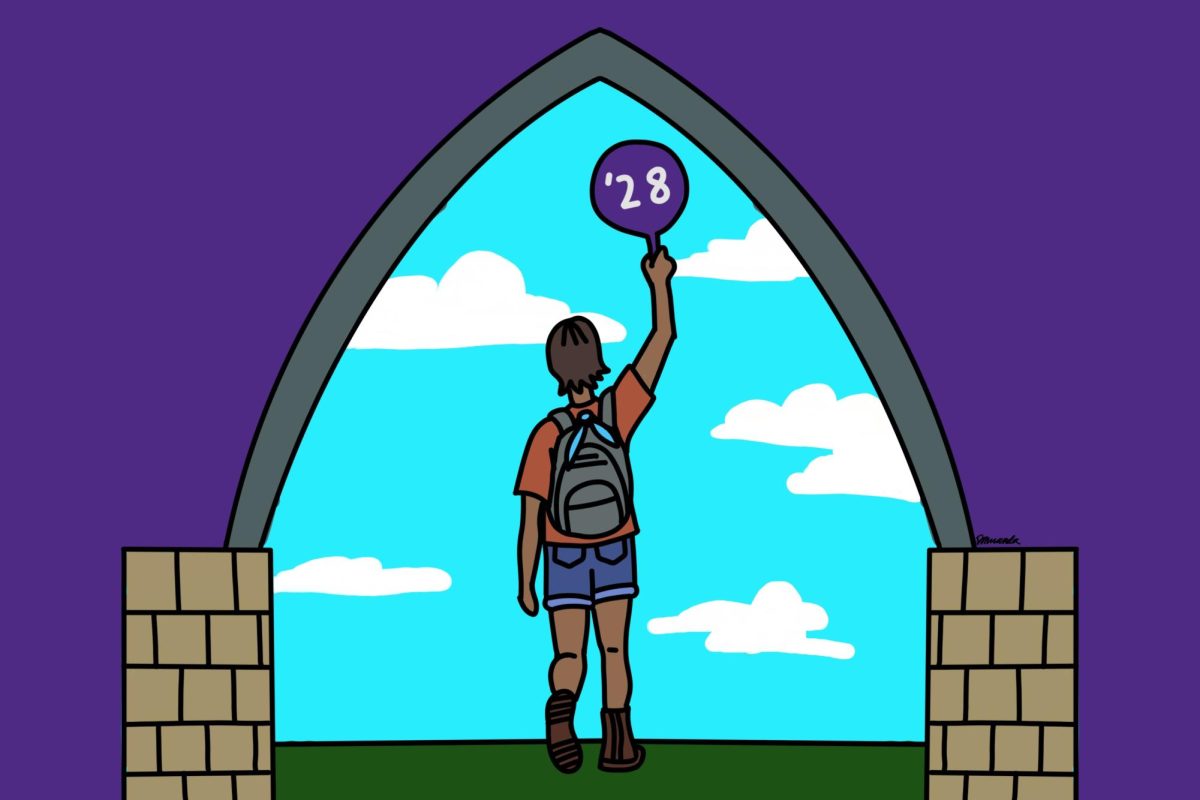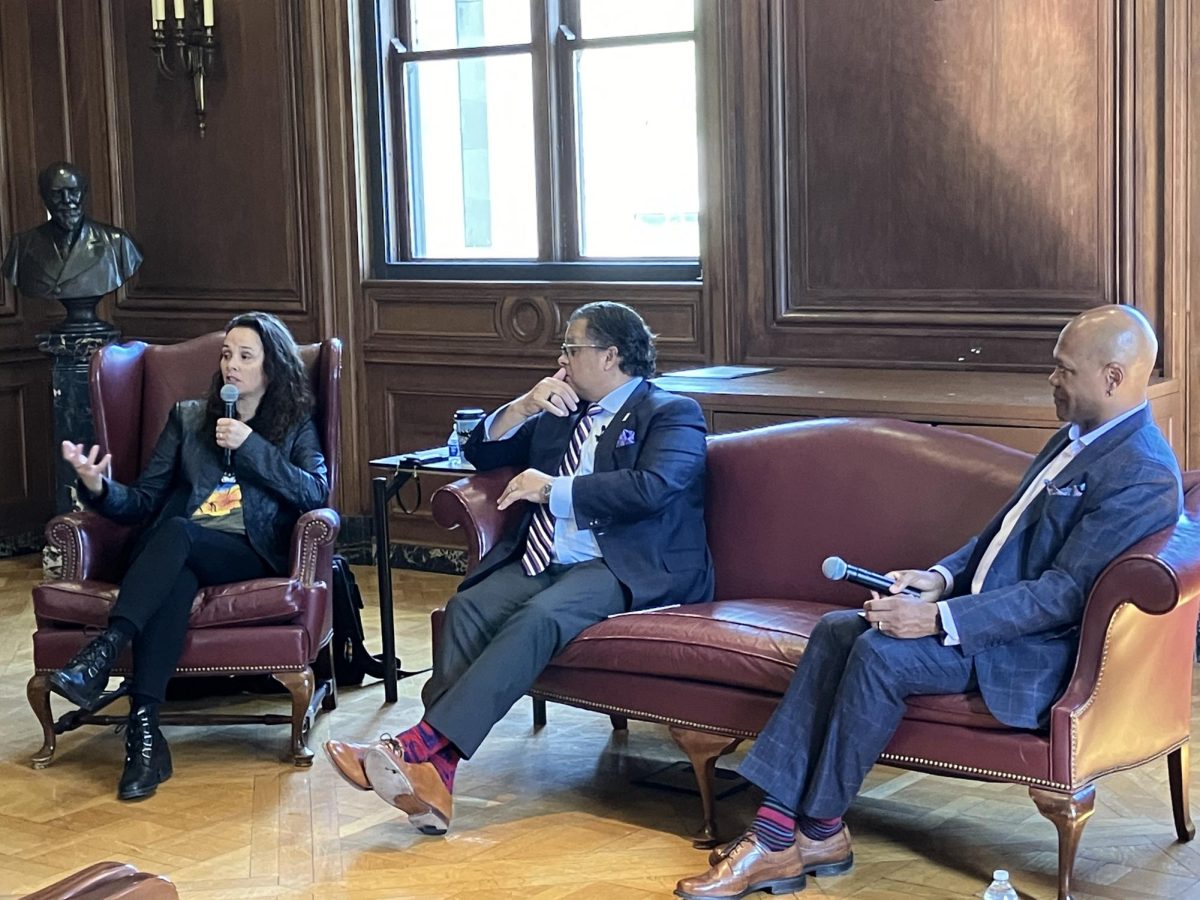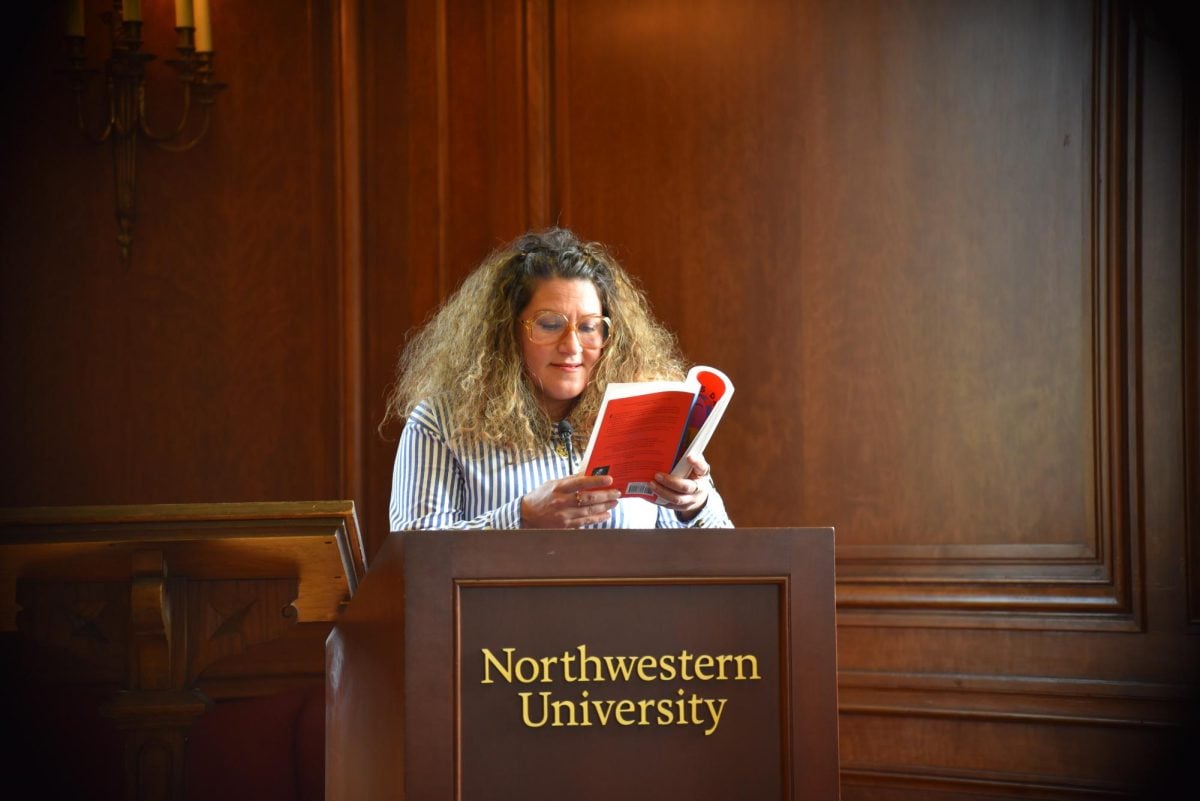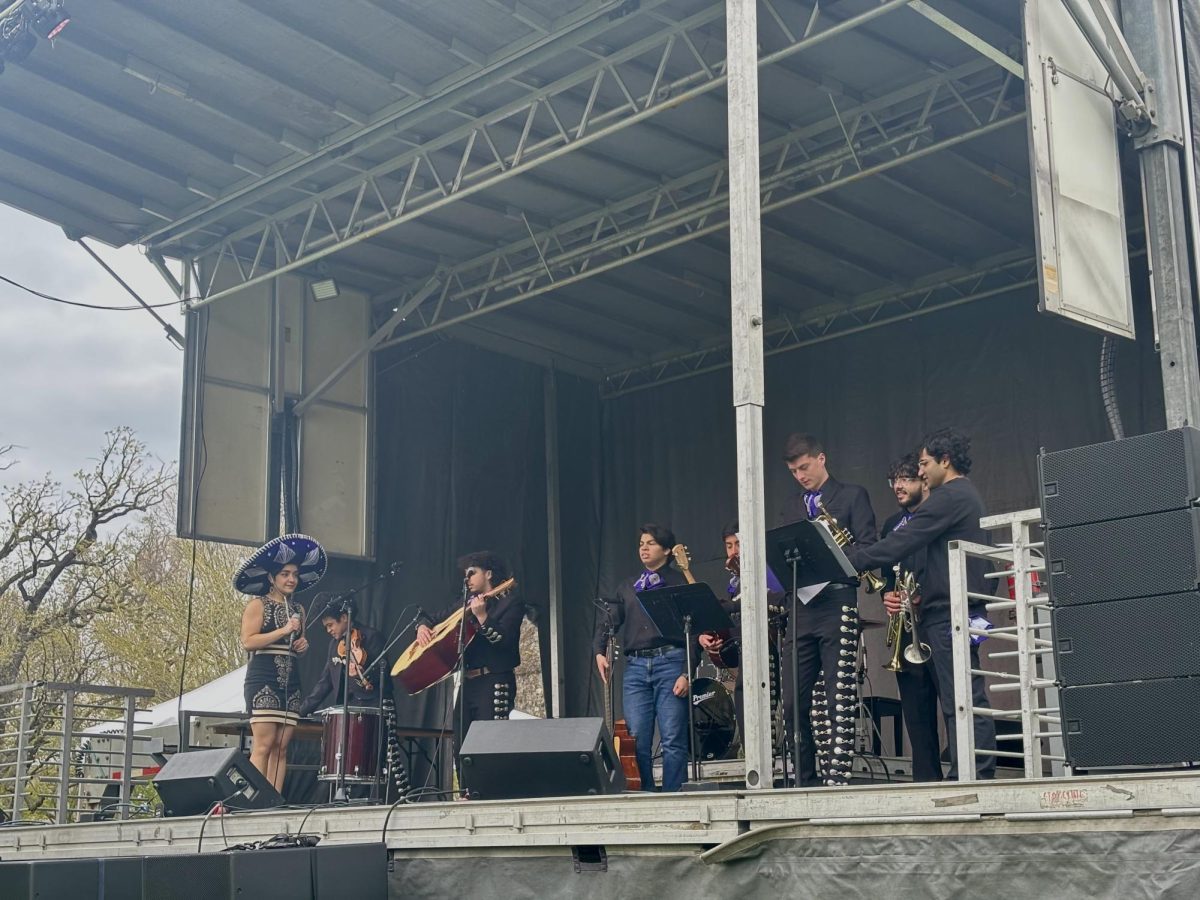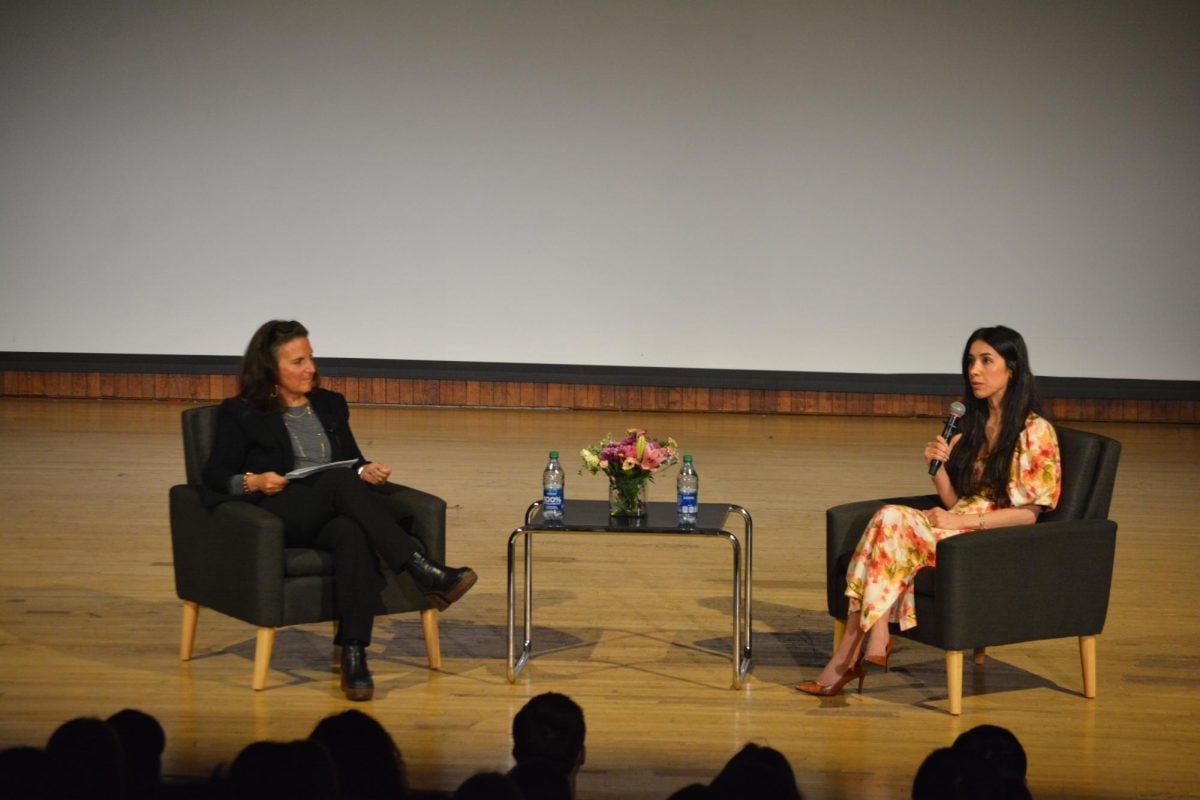Leading Native American scholar Henrietta Mann spoke Saturday about the 1864 Sand Creek Massacre through the lens of the life of her great-grandmother, a survivor of the attack.
Mann, president of the Cheyenne and Arapaho Tribal College, discussed aspects of American and tribal history in a speech she called “Past Tragedy, Elusive Justice.” Her visit came about a week after Northwestern administrators announced they are fast-tracking the creation of a second committee to examine NU founder John Evans’ role in the Sand Creek slayings.
Mann’s talk was sponsored by the Mitchell Museum of the American Indian as its fourth-annual Dr. Carlos Montezuma Honorary Lecture, co-hosted this year with the Native American and Indigenous Student Alliance. An audience of about 50 people, predominantly museum members and people from the Chicago-area Native American community, gathered in Annenberg Hall to hear Mann speak.
“We chose Dr. Mann for all her work in the education world, as well as for keeping our stories alive, keeping our history that is often miswritten in many of the history books and needs to be recognized and valued,” said Kathleen McDonald, executive director of the museum.
Mann opened with remarks about grandparents, noting their importance to the maintenance of native culture.
“Our grandparents, with their cultures and their languages, gave us so much,” Mann said. “I appreciate them for weaving their stories, for sharing their histories, some of which have been and are noble and true, and others which have been tragic.”
Mann then introduced the story of her own great-grandmother, White Buffalo Woman, a survivor of two massacres of Cheyenne people.
Mann’s history lesson focused on the involvement of Evans, Evanston’s namesake and then-governor of Colorado, in the Sand Creek Massacre, an attack on a temporary village of Cheyenne and Arapaho people.
“Without a sign of mercy or compassion, more than 137 lay dead, of whom only 28 were men, the remainder, helpless women and children,” Mann said.
Mann’s identification of Evans as the driving force behind the massacre linked to a larger conversation at NU. Forrest Bruce, co-president of NAISA, said the group formed a petition last year asking the University to “formally recognize Evans’ role (in the massacre) and make some reconciliations.” Last academic year, the University began investigating Evans’ role and whether the University profited financially from the massacre.
NAISA hosted an open forum with the John Evans Study Committee Oct. 23 to air concerns, the most prominent being students’ frustration that NU needed to verify Evans’ role before making any apologies. After that meeting, University President Morton Schapiro and Provost Dan Linzer announced the fast-tracking of an additional committee.
Mann mentioned the committee at the end of her speech and urged a just resolution, expressing her hope that attendees would leave with a greater understanding of the impact of the massacre on the Cheyenne people.
Jackie McGuire, a Mitchell Museum member who attended the event to learn more about Native American history, was struck by Mann’s talk.
“She’s such a good speaker. She makes everything more personal so you understand what her family went through,” McGuire said. “It was very emotional.”
Of the massacre’s effect on her great-grandmother, Mann said, “She never went to bed without her moccasins for 68 years, always prepared for the unexpected.”
Email: [email protected]
Twitter: @madelinefox14


